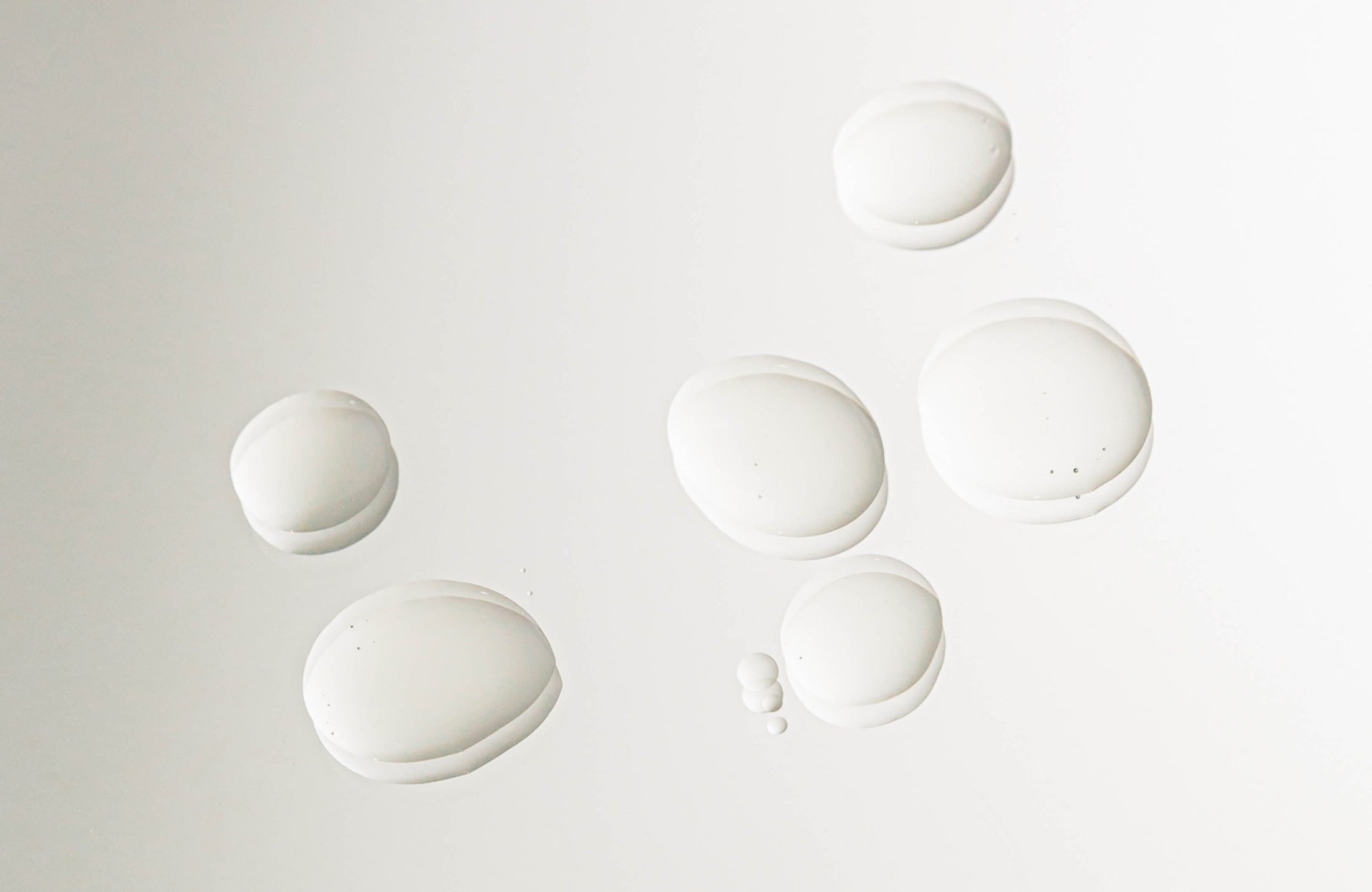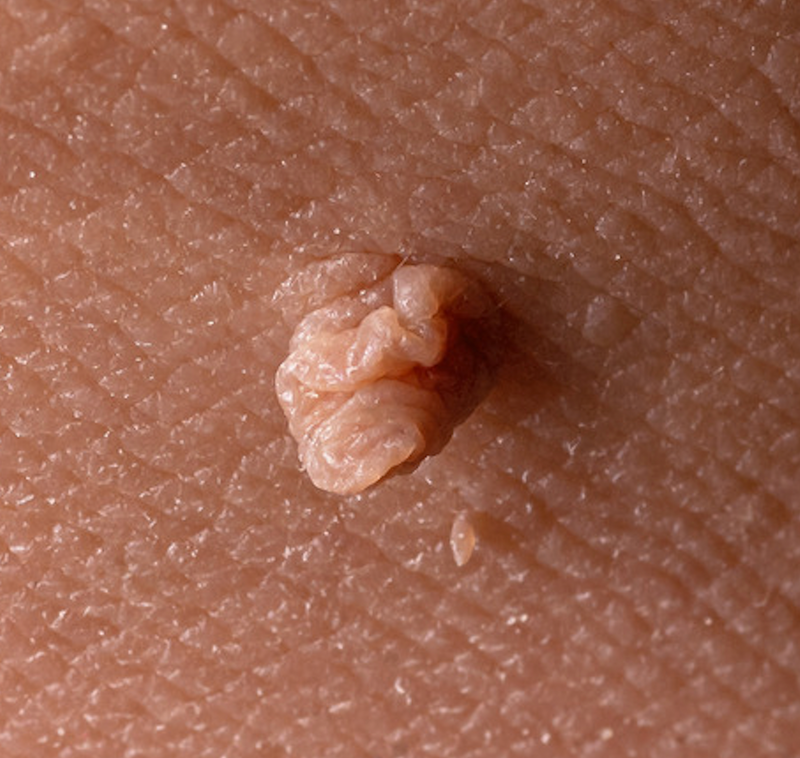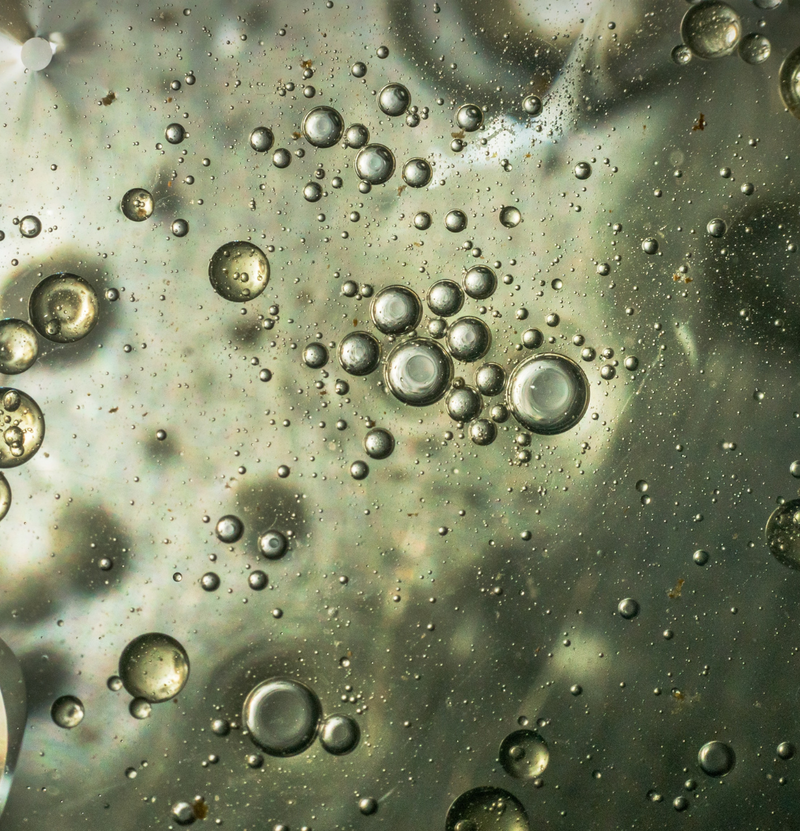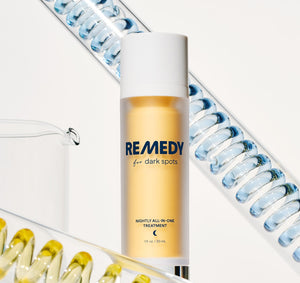Ceramides are lipids (fats) naturally found in high concentrations in the outermost layer of your skin, the stratum corneum. They act like the "mortar" between "brick" skin cells, creating a protective barrier that locks in moisture and shields against environmental harm. Over 50% of the skin barrier’s lipids are ceramides, making them vital for healthy skin.
Benefits of ceramides
|
Strengthen skin barrier |
Restore and strengthen the skin’s barrier, preventing transepidermal water loss (water escaping from the skin) |
|
Improve skin texture |
Help retain moisture, keeping the skin smooth and supple. |
|
Enhances ingredient efficacy |
Enhances the effectiveness of active ingredients in skincare by maintaining an optimal barrier. |
|
Protect skin |
Shields the skin from bacteria, chemicals, and pollutants. |
How to incorporate ceramides into your skincare routine
-
To fortify a compromised skin barrier, prioritize products explicitly labeled as containing ceramides, such as moisturizers, serums, or cleansers. Regular application of these ceramide-rich formulations ensures continuous repair and sustained hydration.
-
For enhanced results, consider combining ceramides with humectants like hyaluronic acid, which attract and retain moisture, or niacinamide, which further bolsters barrier repair and overall skin health.
|
1. Cleanse |
Use a gentle cleanser |
|
2. Treat |
Apply your favorite treatment serum |
|
3. Protect |
Apply a moisturizer with ceramides to protect and repair the skin barrier once or twice a day. |
Are all ceramides the same?
-
Not exactly. There are different types of ceramides that work synergistically. Skincare products often include synthetic or plant-derived ceramides that mimic the natural ones in your skin and are just as effective.
-
Look for ceramide 1 and ceramide 3 that are proven to improve the skin's barrier function. Hydroxypalmitoyl sphinganine is a type of ceramide that boosts the skin’s natural production of ceramides 1, 2, and 3, enhancing overall barrier health.








